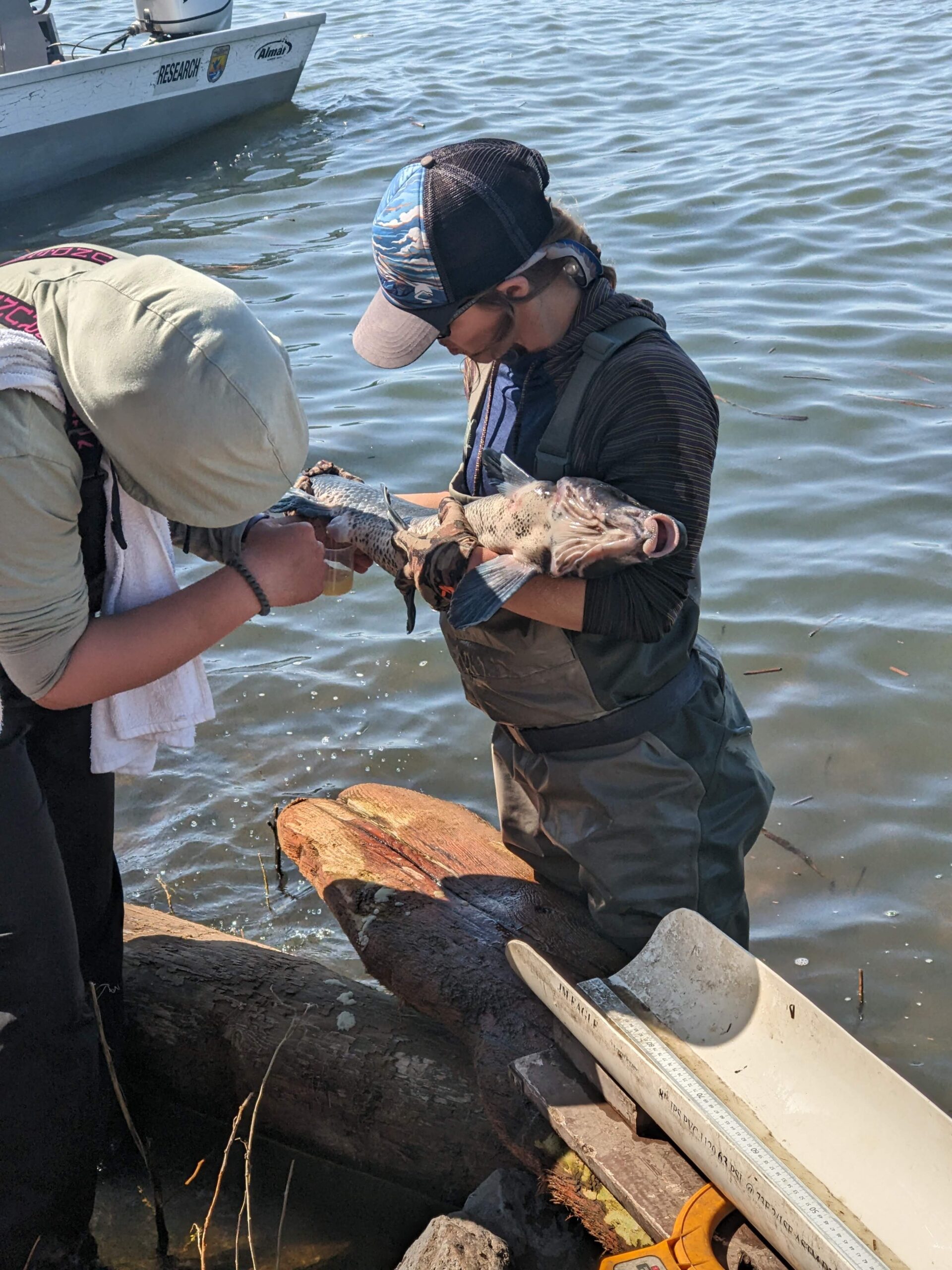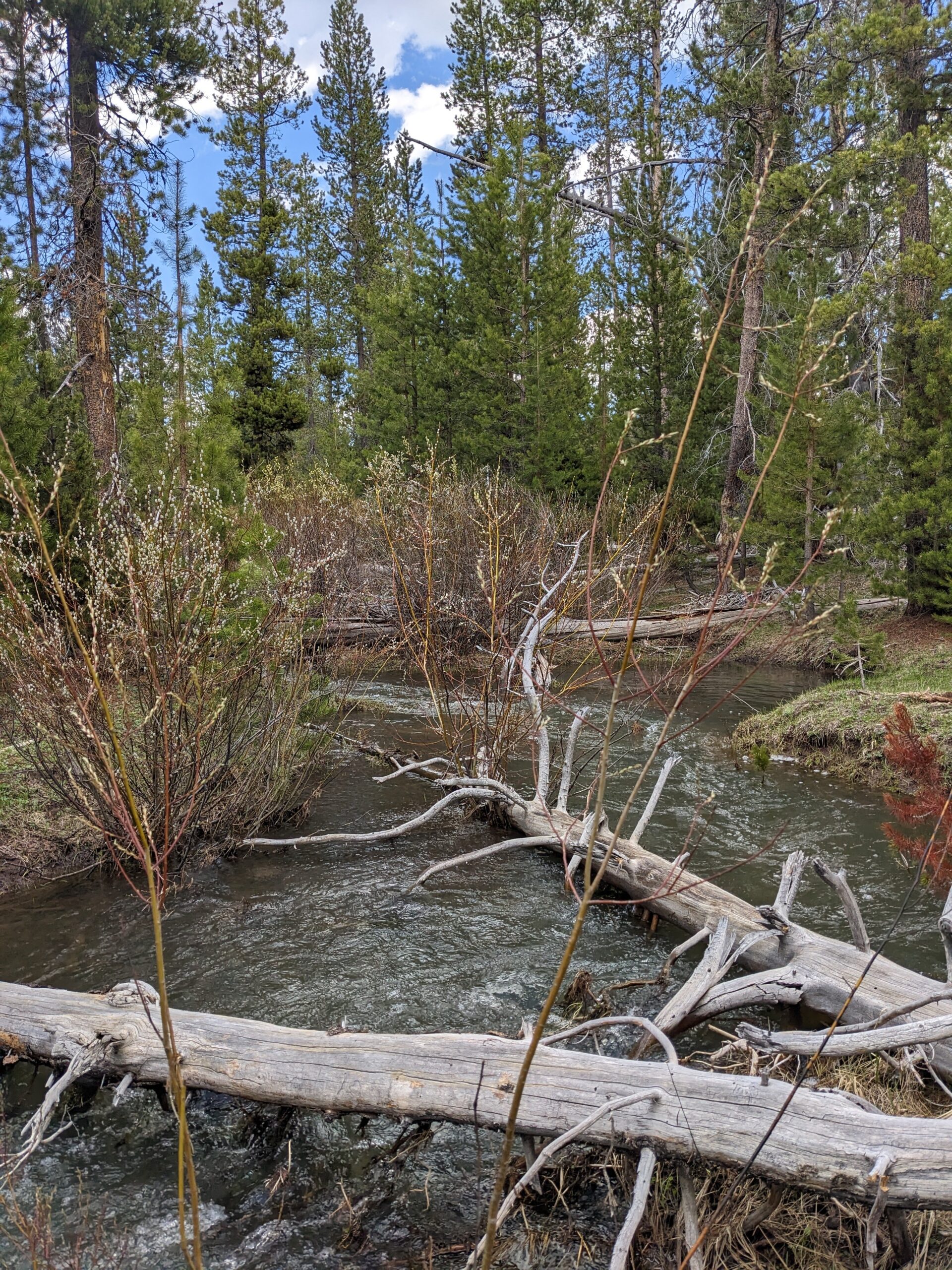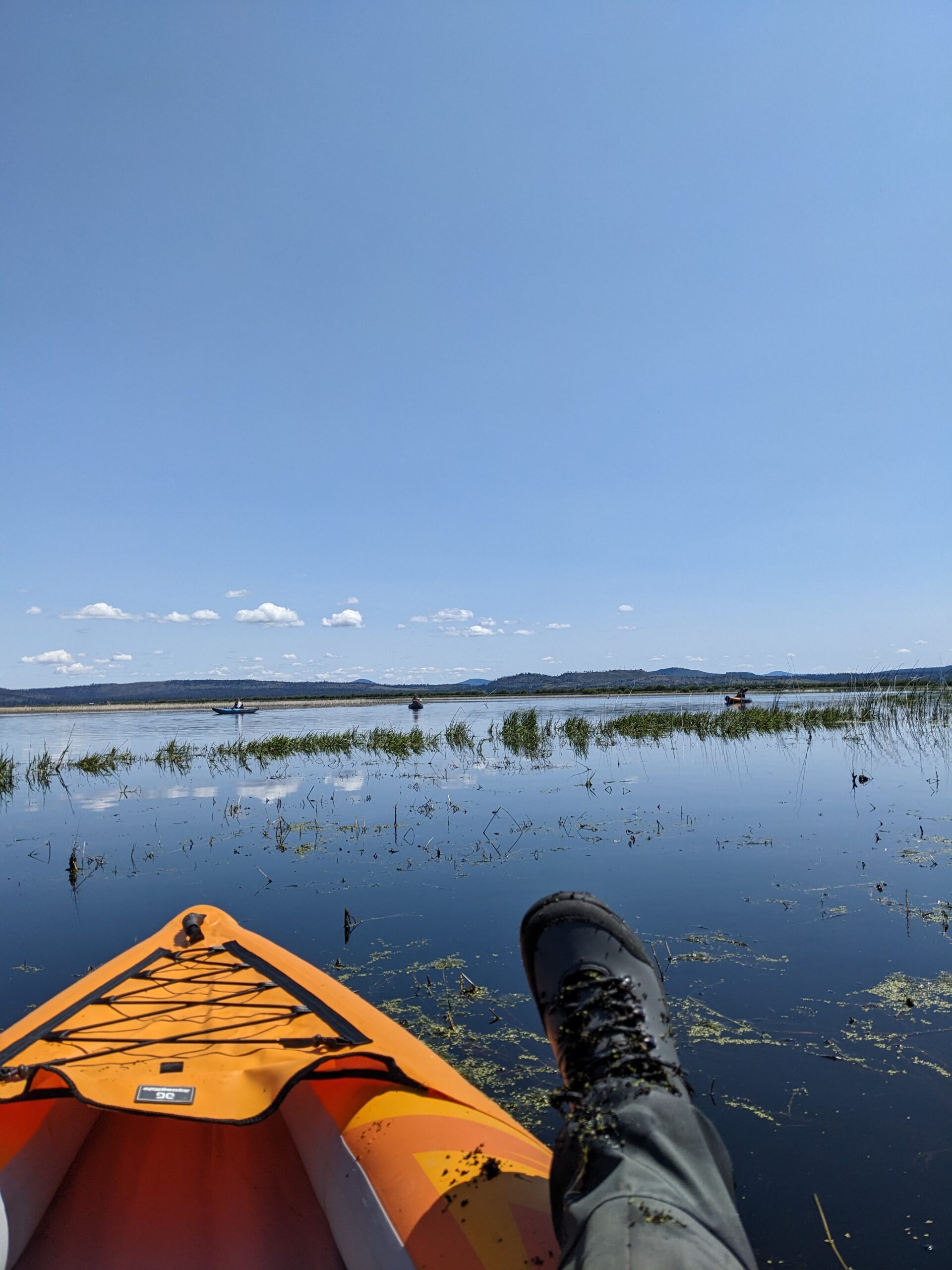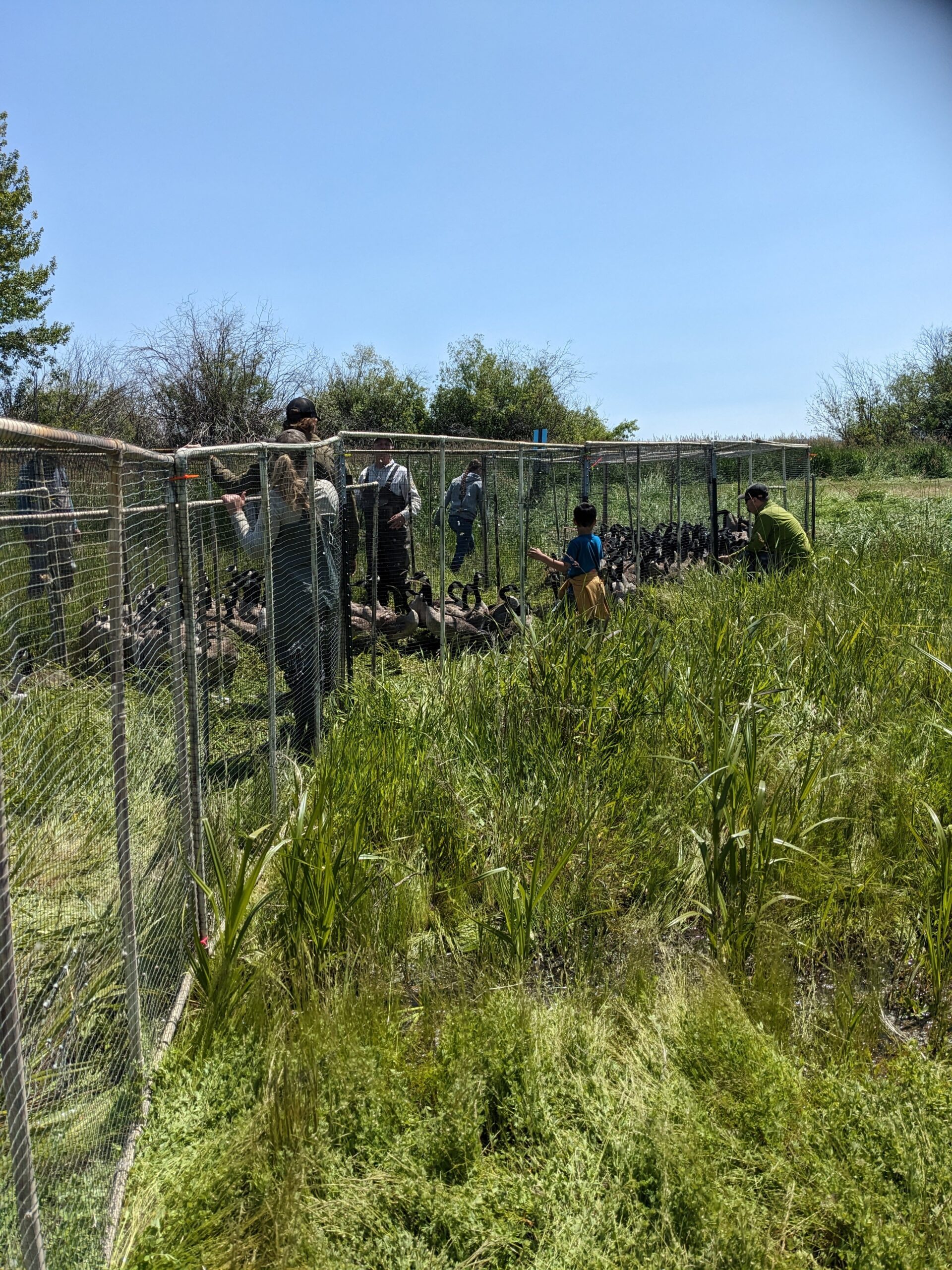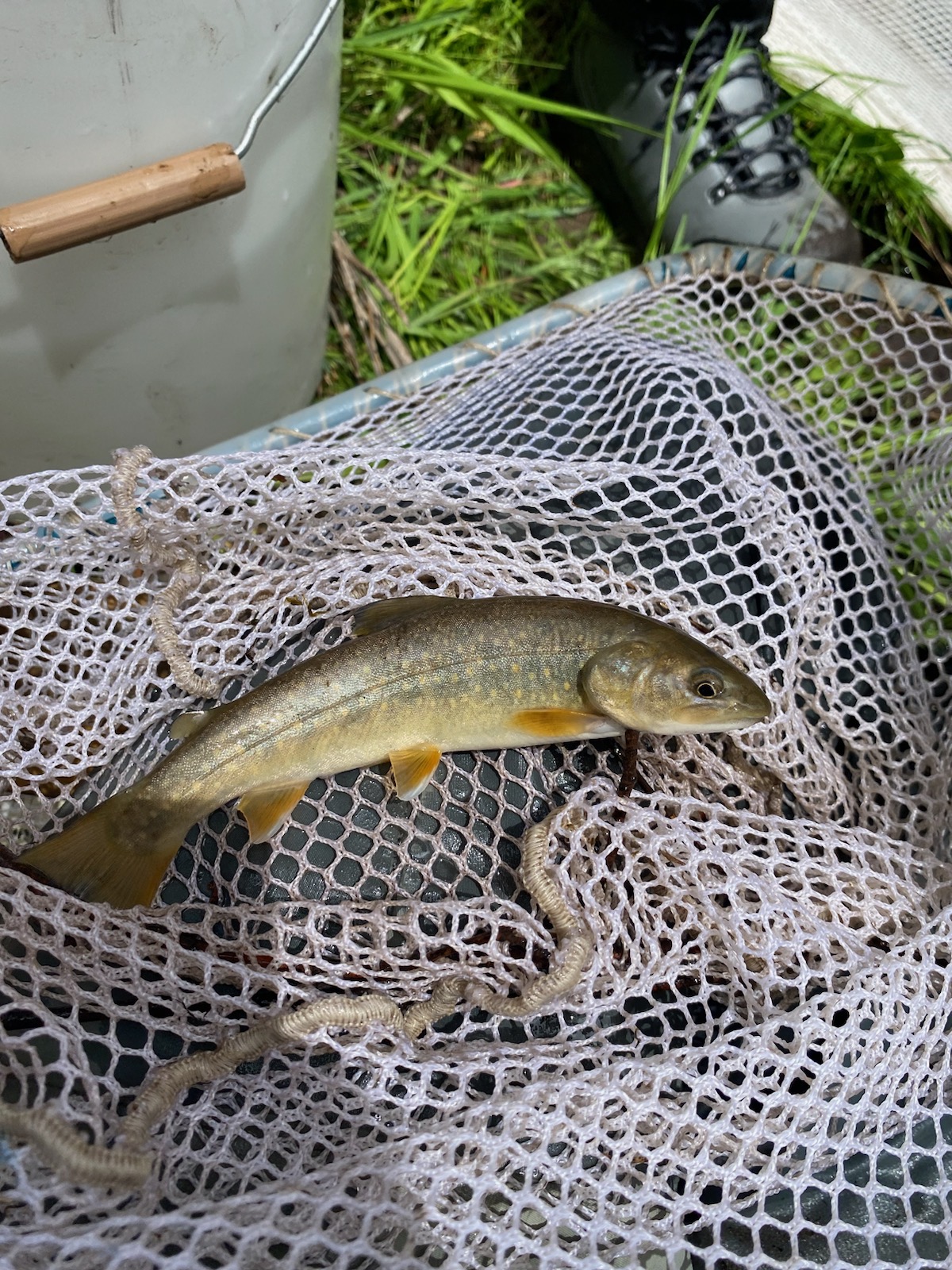In July, our team was joined by botanists in the field at two of our sites. With their help, we were able to identify and collect species of interest. It was good fun to hear their stories, puns, and have someone new in the field to interact with.
Our first guest was the director of the seed bank at Chicago Botanic Garden who regularly goes into the field to collect seeds. He has a wealth of knowledge about our region and was able to identify many things with one glance that we would have struggled through the dichotomous keys with. In addition to his knowledge of plants, he also provided us with homework to watch one of his favorite movies, Dances with Wolves starring Kevin Costner.
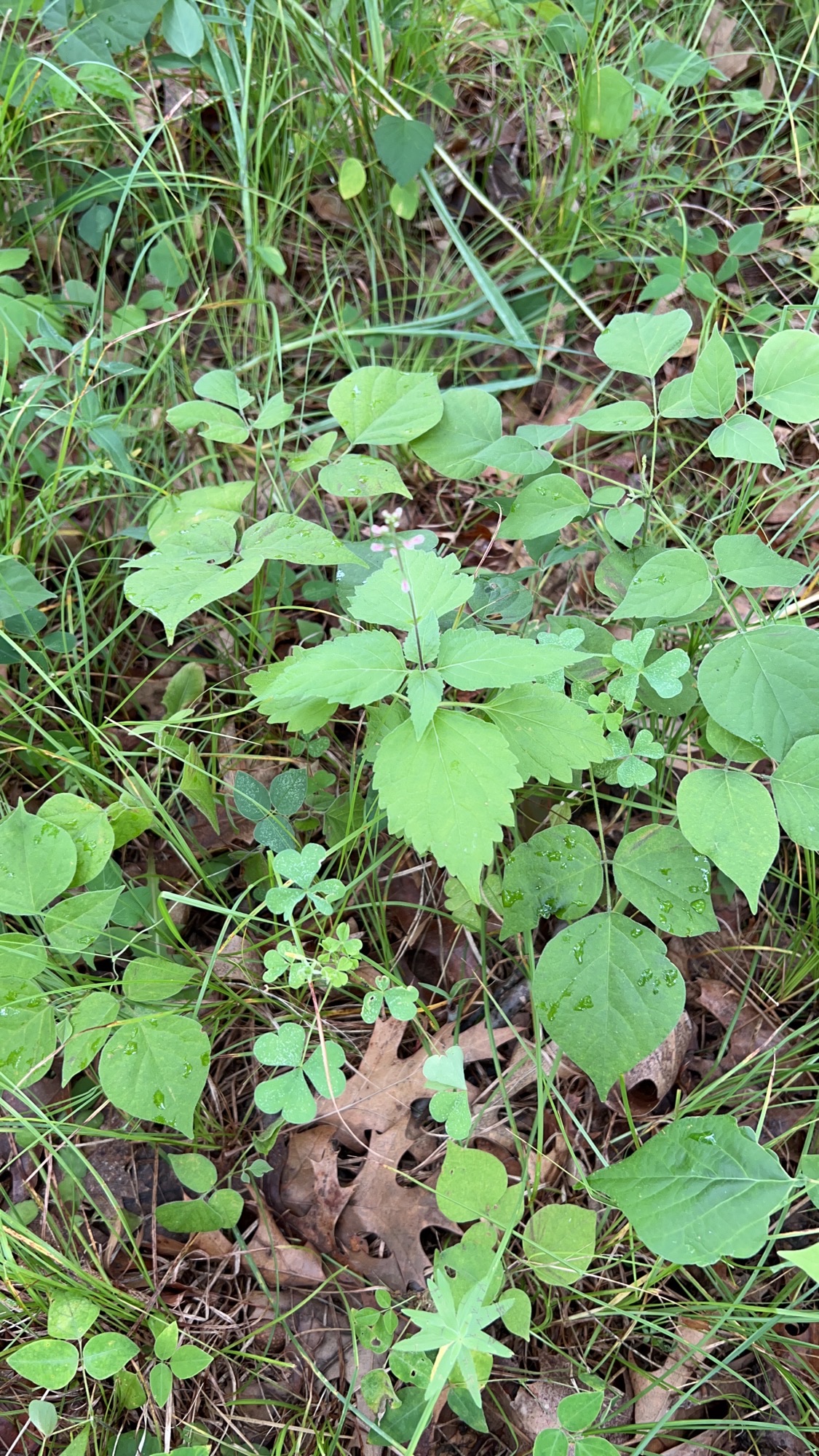
A new plant that I can identify! (Phryma leptostachya)

Our second guest joined us in southern Illinois. Even though we remained in the same state, the composition and abundance of species greatly varied. Upon meeting him, we immediately walked to the side of the road because of his life motto that a botanist always has one eye on the road and one in the ditch. He was able to supply us with information about what is common or hard to find in this area and what might be of interest to restoration projects in the area. He also provided us with puns about what we were looking for. When we spotted spores on the bottoms of fern leaves, it was “a sight for soris (sore eyes).”
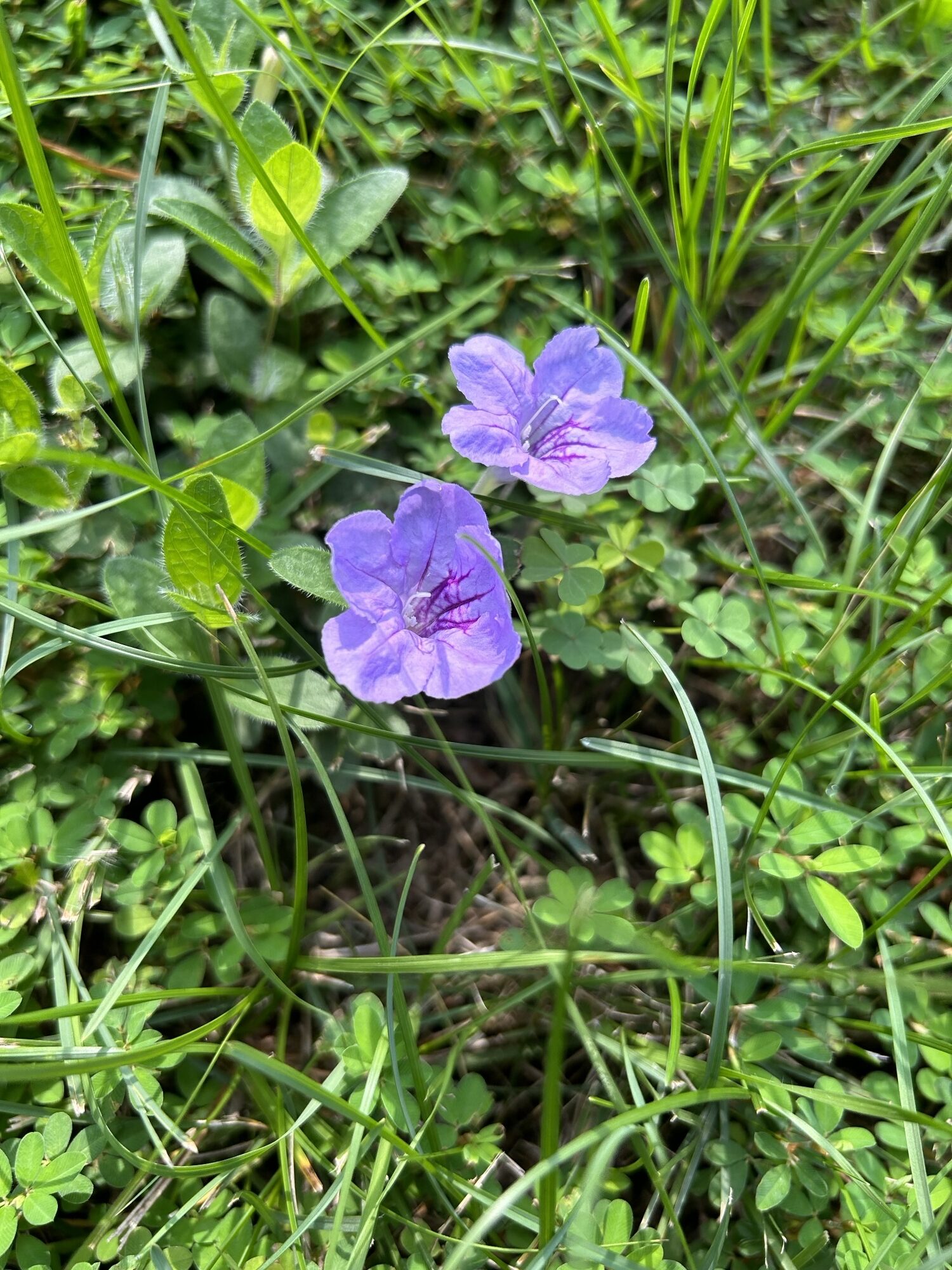
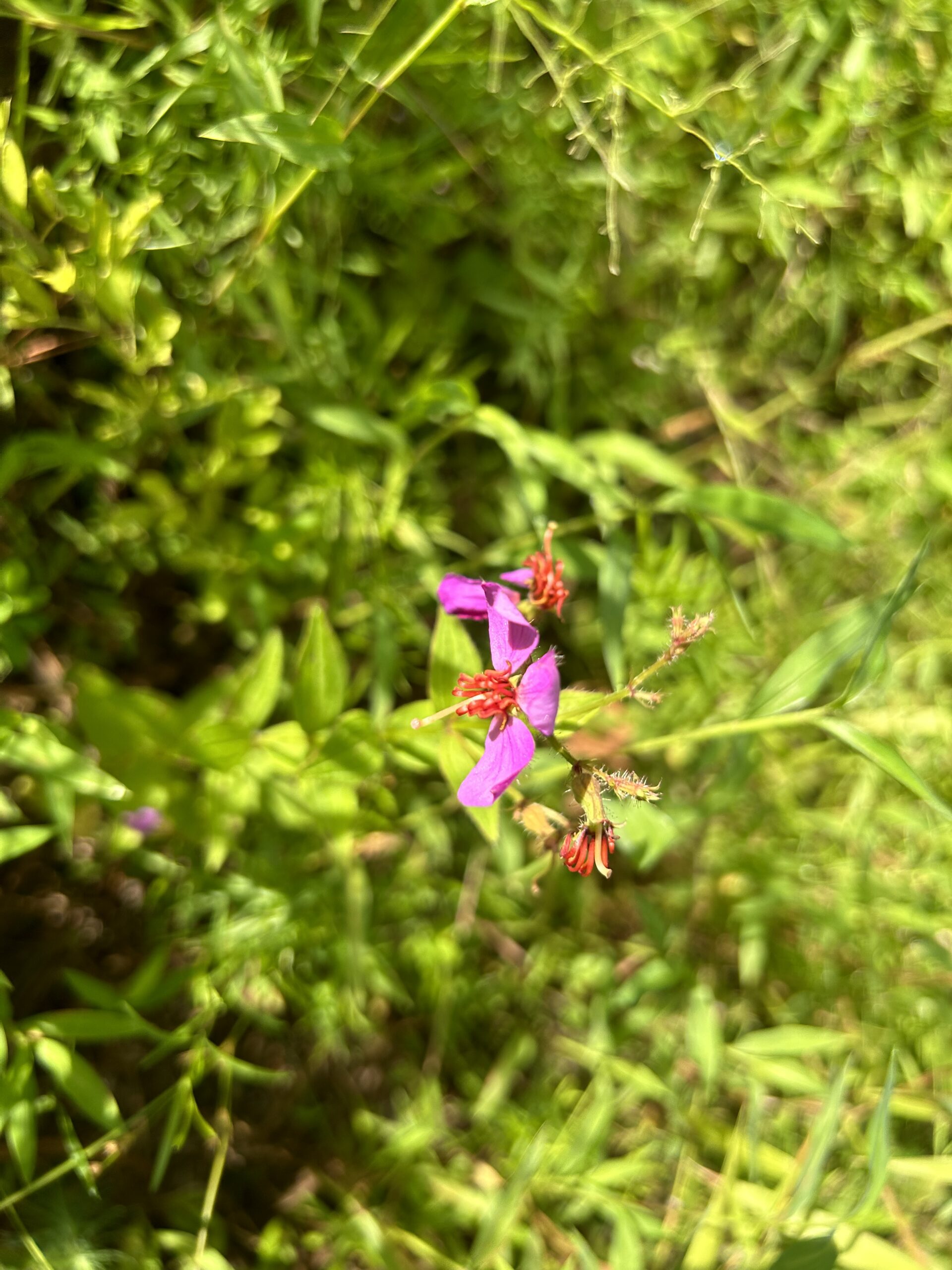
Our team really enjoyed having two botanists join us in the field. It continues to inspire me when I feel overwhelmed by the many, many plants that I am trying to learn.


